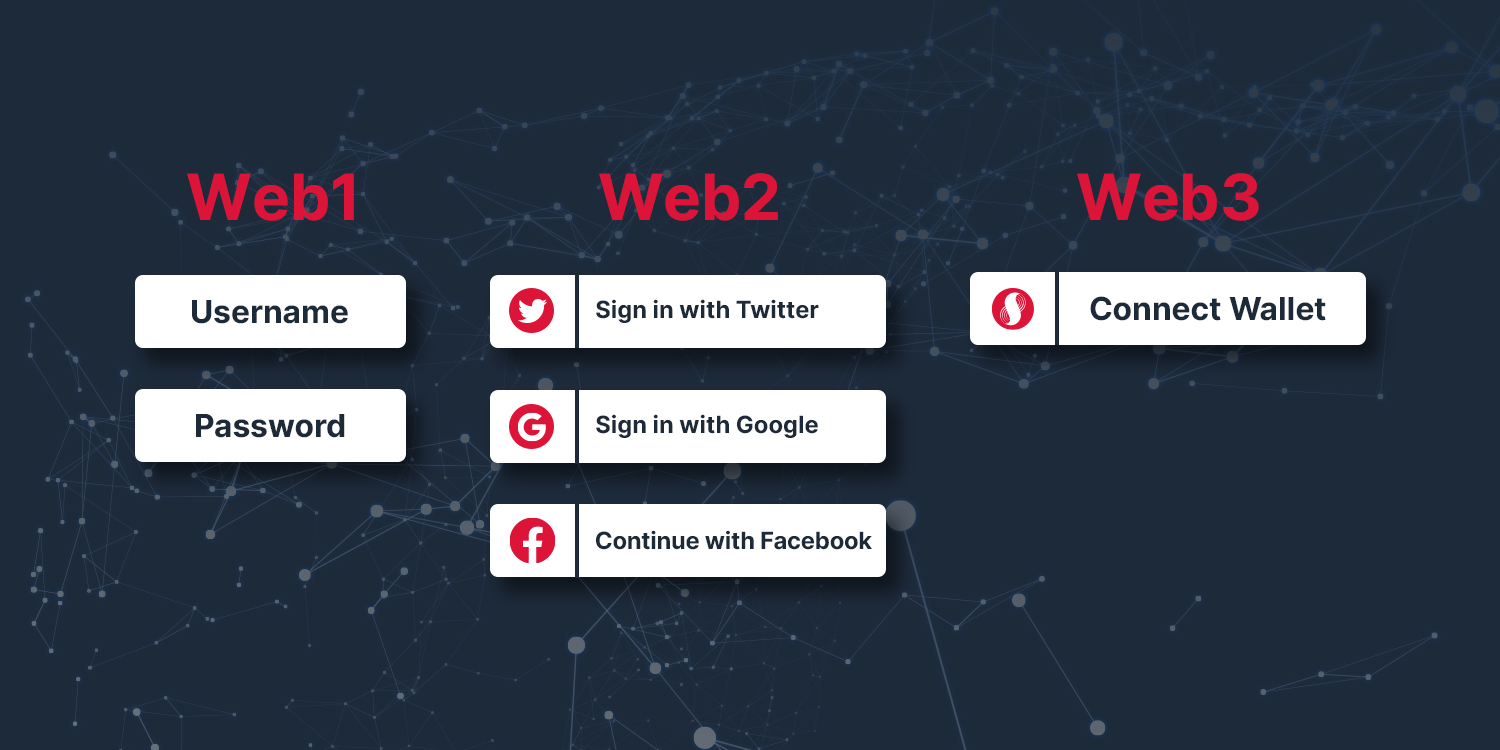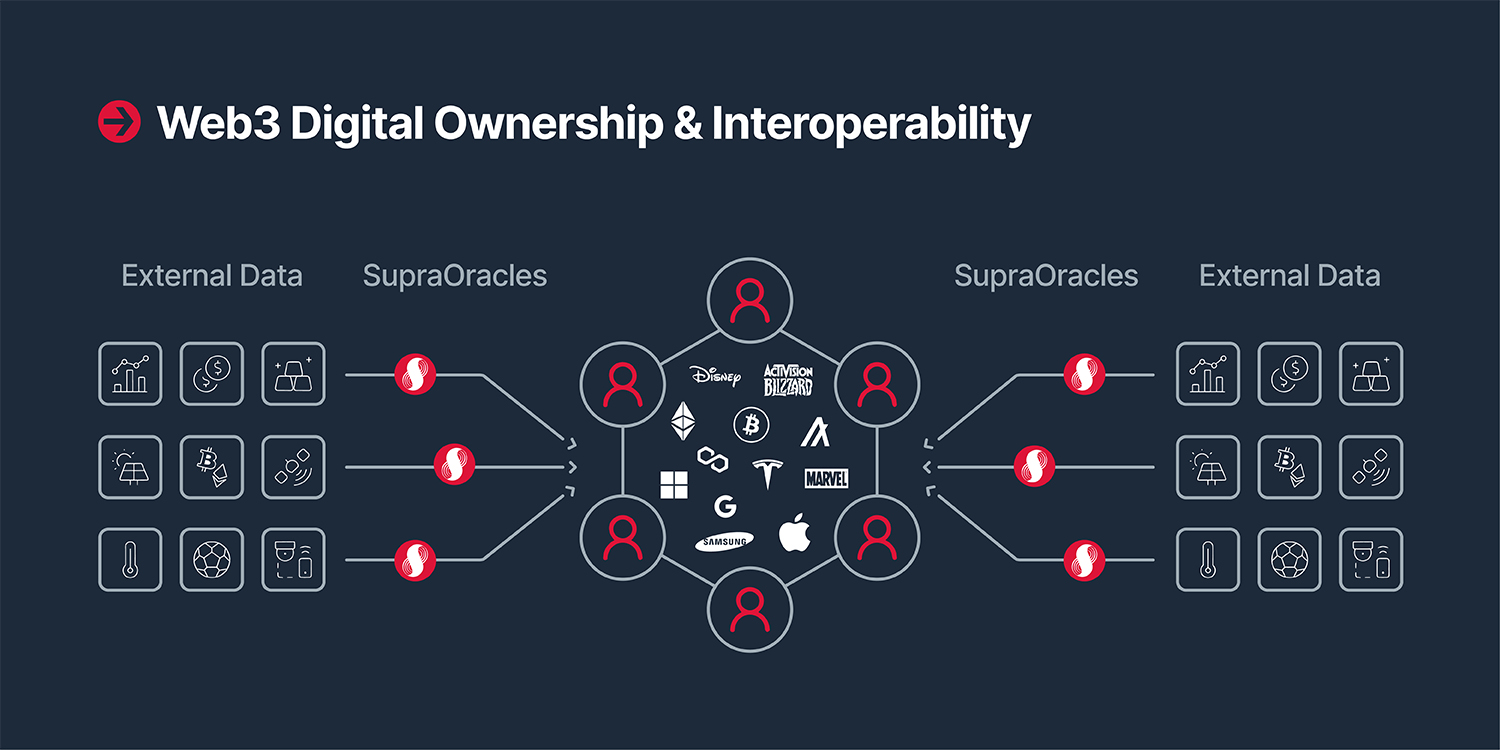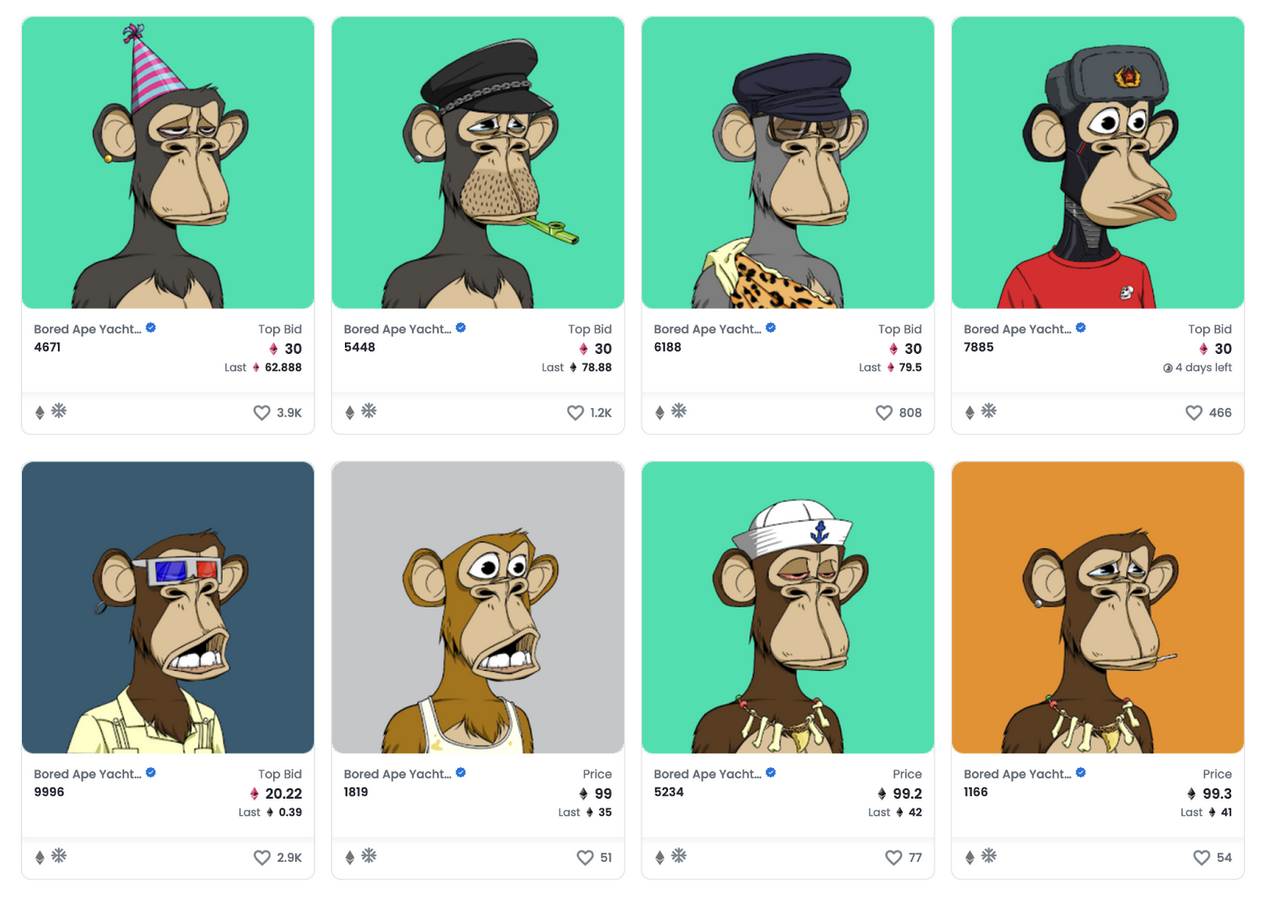This next phase of Internet evolution is known for its speed, security and transparency in preserving the financial value of digital media.

The term Web 3.0 was originally coined by Dr. Gavin Wood in a blog post describing the breakthrough the decentralized internet would bring. As governments and tech giants continue to push the boundaries of privacy and trust entrusted to them, developers seek to replicate the cloud-based centralized model for reduced privacy risks and greater resilience against DDoS cyber attacks.
Web3 is a set of protocols that provide building blocks for decentralized application makers. These building blocks replace traditional Web existing technologies such as HTTP and MySQL, and provide new ways to create Web applications. Web3 provides users with security and verifiable assurances about the information they receive, the information they provide, and their personal sovereignty over their economic transactions. By giving users more autonomy online, data-related single points of failure (SPoF), censorship and breaches of trust can be minimized.
Readers may ask what the previous versions of the Web might be defined as, so a brief history is in order. Web1, the first generation of the internet as we know it today, was essentially a set of static HTML pages without much to brag about in terms of user experience.
Also, payments cannot be made on Web1 - because the infrastructure has not yet been developed. In fact, speaking to an operator and having credit card information read out over the phone has been common for some time. The first era of the Internet arguably ended in the mid-2000s with the rise of mobile phones and apps.
Thus, social media, search engines, financial transactions, music and video sharing, and mobile applications are all examples of Web2. Fundamentally, Web2 is about interactivity, file sharing, and financial connectivity. Additionally, as hardware and software continue to improve over time to become faster and smaller, the user experience becomes clearer and more intuitive.
image description

What is unique about Web3 is that users interact with dApps through digital wallets, which act as their unique identifiers and access to digital assets on the blockchain network.
Rather than relying on trusted third parties to protect our personal data and financial assets, Web3 is known for protecting financial scarcity through cryptography, individuals' sovereignty over personal data, and eliminating single points of failure through a decentralized and distributed network.
secondary title
The Web3 stack: blockchain, cryptoassets, dApps, and oracles
First, blockchains are secure, decentralized networks with shared financial ledgers that allow people to store and exchange value without the need for a third-party host. Blockchain networks are fundamental to the Web3 stack as they provide a secure settlement layer for cryptoassets and decentralized applications (dApps).
Cryptocurrencies serve as economic incentive systems that govern blockchains and provide accountability among their stakeholders. These assets and their ownership are cryptographically secure and verifiable on a transparent ledger shared by network participants, providing a tamper-proof medium of exchange and digital value preservation. Other cryptoassets could be programmable, and might even be useful when using protocol features (e.g. indexing on The Graph).
Stablecoins are also very useful as cryptoassets, as they allow users to exchange for more volatile cryptoassets without leaving the Web3 ecosystem. Non-Fungible Tokens (NFTs) are also a wonderful invention of Web3. Because blockchains, digital assets, and smart contracts are immutable and transparent, they secure digital property in such a way that the internet is arguably better at protecting and transferring value than anything we've experienced before.
Decentralized applications are different from the mobile and desktop applications (apps) that most people are already familiar with. Instead of maintaining data as a separate task, a single entity is supported by a decentralized infrastructure of network participants, each with its own copy of the blockchain ledger and accompanying activity history .
Although seemingly innocuous, the decentralized trend of Web3 is promoting the proliferation of automated P2P financial services such as decentralized exchanges, NFTs, smart contracts, blockchain games, metaverses, tokenization and financialization of assets wait.
image description

Decentralized oracles remain key to Web3 interoperability and the security of digital assets on, off and across blockchain networks.
Thus, oracles source and verify financial data for blockchain and DeFi applications, but they can also provide secure off-chain computation such as verifiable randomness to enable dynamic NFTs and automated dApps or DAOs. Additionally, SupraOracles are inherently interoperable, meaning our network of oracles will help ensure compatibility across various blockchains and layer 2 scaling solutions to conduct transactions securely and through their Synergy increases their network effects.
secondary title
Web3 Banks, Cryptocurrency Exchanges and Money Markets
With Web3's decentralized model and permissionless P2P infrastructure, advocates aim to create a fairer and more transparent internet. Fundamentally, the technology enables individuals to participate in complex global financial arrangements with unprecedented security, transparency and fair access. Web3 dApps leveraging the aforementioned technology stacks have already unlocked disruptive use cases in finance, gaming, real estate, insurance, education, healthcare, and more.
Contrary to the centralized and trusted entities of traditional finance, the Web3-based DeFi protocol utilizes distributed networks and data sovereignty to disrupt banking and asset transactions through trustless and decentralized algorithms. Apps like Metamask and Uniswap allow users to hold crypto assets and trade them in purely P2P markets. What’s more, some companies like Celsius basically offer high-interest savings accounts and lending services for crypto assets, offering more attractive rates than even the most generous fiat financial institutions.
In addition to DeFi exchanges and wallets, lending marketplaces like Aave give users access to non-custodial lending products. Users deposit crypto collateral and borrow against other crypto assets, such as fiat stablecoins, at varying interest rates based on the loan-to-value ratio of the borrower's collateral. Web3 lending products typically require users to over-collateralize before borrowing, unlike banks that only hold a small portion of the funds being lent.
secondary title
Web3 Games and Non-Fungible Tokens
While fintech products and services are the most obvious use case, Web3 goes beyond DeFi and lending protocols. From gaming to privacy internet browsers to the minting and trading of NFTs, Web3 is entering nearly every aspect of online experiences and interactions.
First, money-making games like Axie Infinity are ushering in a sea change in the way the gaming community looks at crypto assets. Players mint their characters as NFTs and "train" them to improve their abilities throughout the game.
These NFT characters can then be sold on the secondary market to new players who want to experience the game at an advanced level without taking the time to train their own in-game characters. As a result, entire economies are born within the gaming community, with some players earning enough income from the game to sustain their own economy, especially in low-income areas.
image description

The Bored Ape Yacht Club series is a favorite of the rich and famous, and participants spend a fair amount of Ethereum.
By minting a unique token on the blockchain, one cryptoasset can be distinguished from another, just like a genuine Apple iPhone can be distinguished from a cheap knockoff from a manufacturer. With NFTs, this verification can be easily performed, recorded and maintained even if ownership is transferred thousands of times. For brands that are often counterfeited, the application of this authentication purpose should be obvious.
secondary title
Is this the age of Web3 FOMO?
Web3 is already changing the way users interact online, from the way we invest and exchange value, to the games we play, to our artistic and creative expression on social media, or whatever comes next. We are witnessing the implementation of cryptographic assurances in mainstream consciousness and in industrial operations, which provides a layer of accountability for the Internet.
More and more users and institutions around the world are looking to the power of Web3's trustless, immutable, and verifiable financial protocols; however, most still don't know what a blockchain is. Since we know we're still early in the Web3 timeline, that should be encouraging, but on the other hand, most people don't need to fully understand it, and neither do we.
Related Reading
Related Reading
Fries, T. (2022, 19 Jan.). Microsoft takes $68B step into metaverse as gamers are against NFTs: Why? The Tokenist.
O’Reilly, T. (2021, 13 Dec.). Why it’s too early to get excited about Web3. O’Reilly Media.
Wood, G. (2018, 12 Sep.). Why we need Web 3.0. Medium: Gavin Wood.
Woodbury, R. (2022, 5 Jan.). Most people won’t know Web3 exists. Substack: Digital Native.





